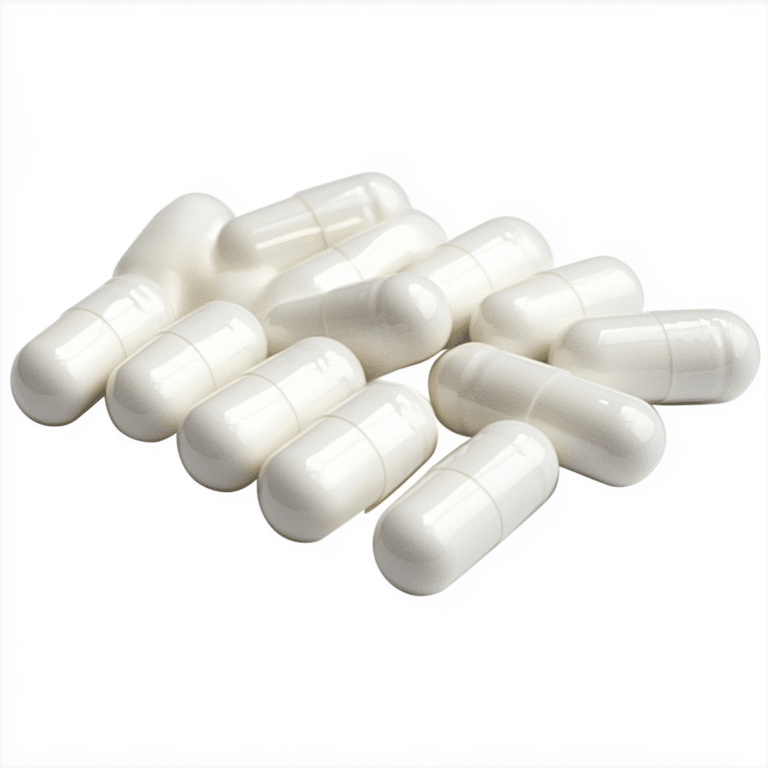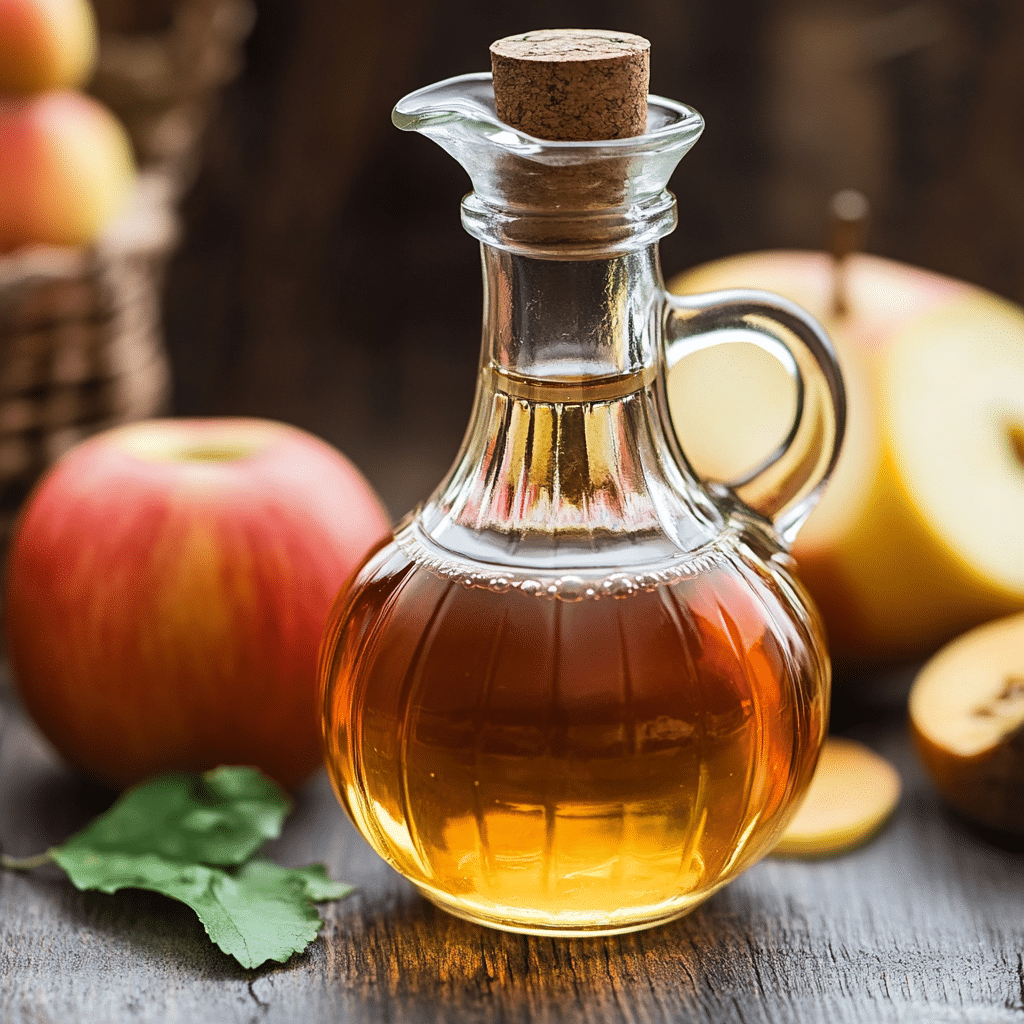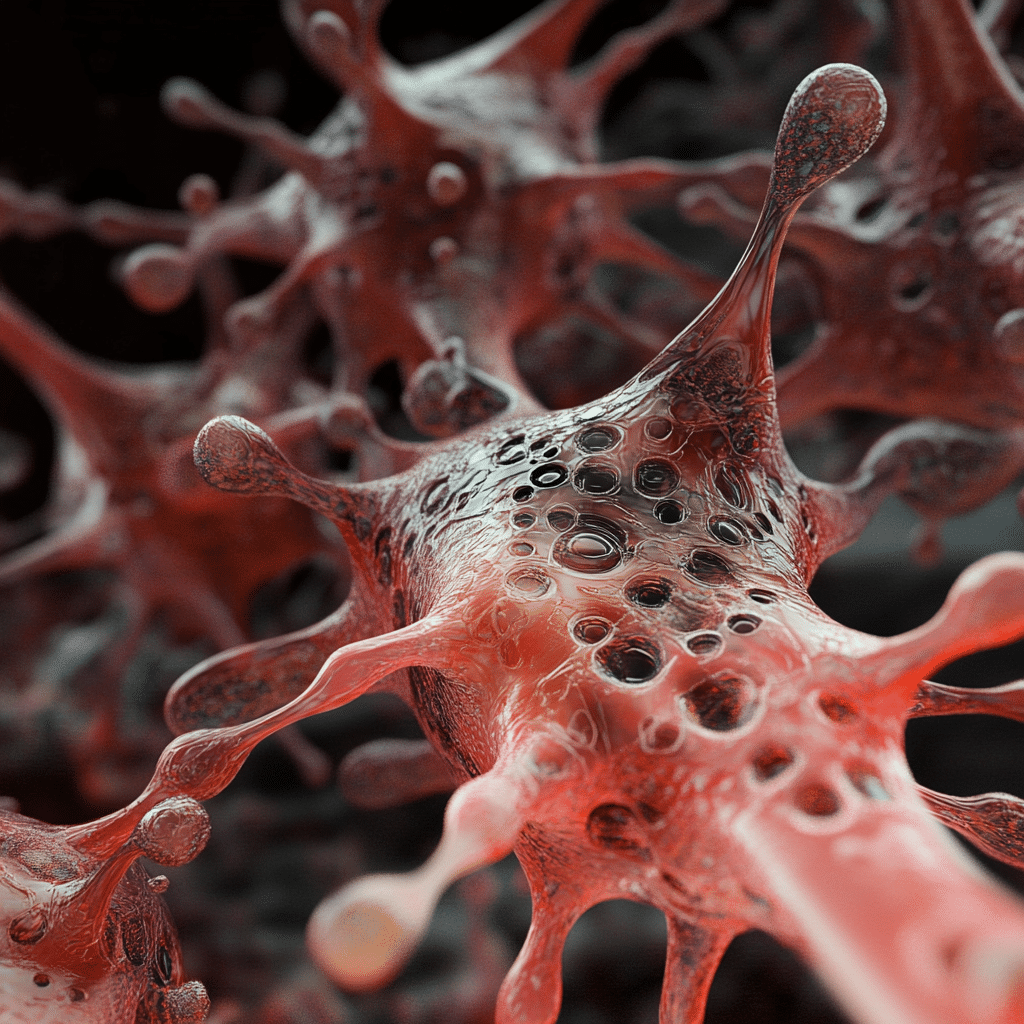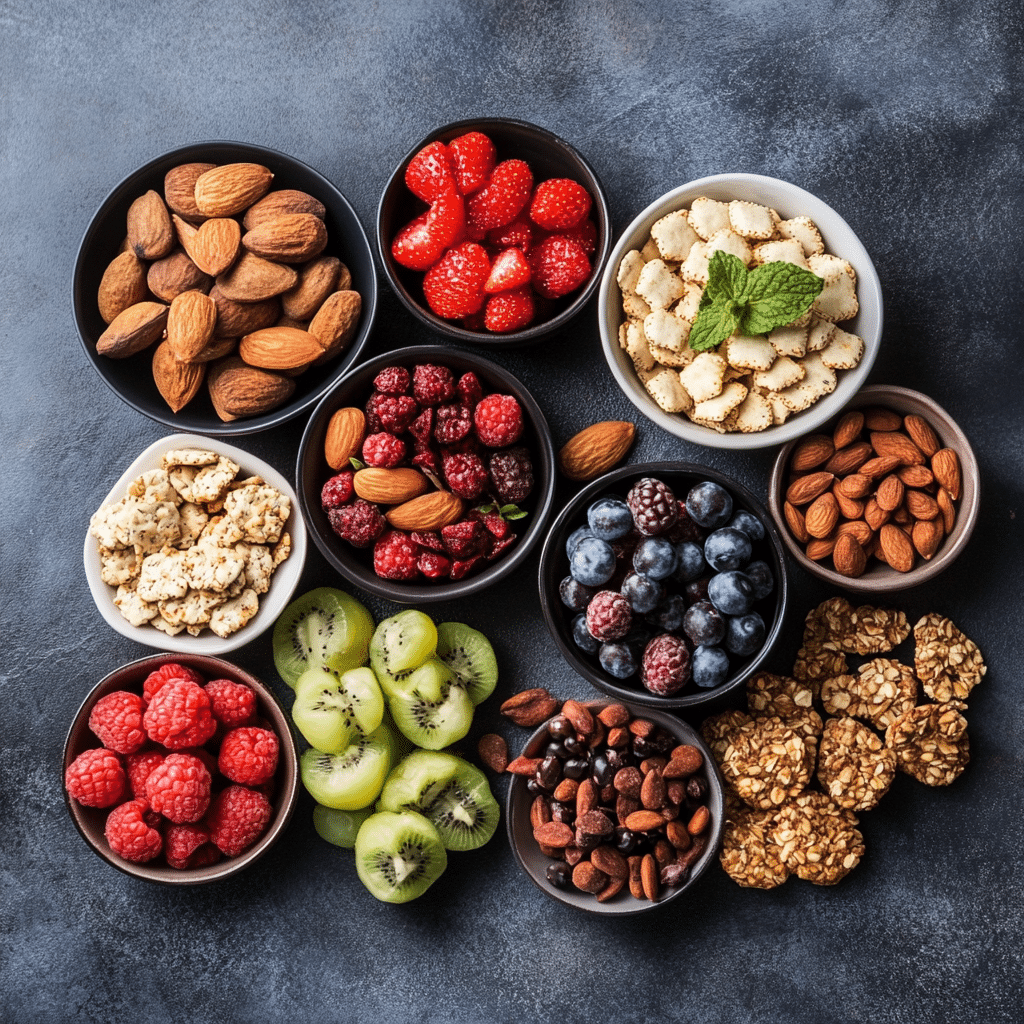When it comes to agriculture and health, urea is a heavyweight champion of sustainability. This powerful nitrogen-rich compound plays an essential role not just in boosting crop yields but also in promoting human wellness. With challenges like climate change and a growing global population, urea offers a low-cost, effective solution that can minimize environmental impact while fuelling our need for food. So, let’s dive into how urea works, why it’s pivotal in sustainable farming, and the positive ripple effects it has on health!

Understanding Urea’s Role in Sustainable Agriculture
Urea, a simple carbon-nitrogen compound, stands tall above other fertilizers in the sustainable agriculture arena. Its wizardry lies in its ability to break down into ammonia, which then converts into essential nutrients like nitrogen. These nutrients are crucial for plants, allowing them to grow robust with minimal fertilizer runoff into our waterways. Better fertilizer efficiency means healthier crops that don’t just survive but thrive!
Production methods for urea have advanced significantly, making it both economically viable and environmentally friendly. Plus, compared to traditional fertilizers, urea’s chemical properties allow for controlled-release applications, reducing the amount needed while maximizing effectiveness. So, if you’re eager to understand how we can bolster crop productivity sustainably, urea is your go-to powerhouse.
Key Benefits of Urea in Sustainable Farming:
By harnessing urea wisely, farmers can boost their output while taking care of the environment. It’s a win-win, paving the way for healthier diets and greener landscapes.

Top 5 Urea-Based Sustainable Fertilizers Transforming Agriculture
These products are a testament to how innovative approaches in urea-based fertilizers are reshaping agriculture and encouraging responsible practices. It’s about giving farmers the tools they need without turning a blind eye to the environment.

Health Implications of Urea in Agriculture
Looking deeper into the implications of urea usage, we find a significant intersection between agriculture and human health. When applied properly, urea not only boosts crop yields but also enhances the nutritional profile of these crops. Studies reveal that urea applications can increase protein content in staples like wheat and corn, a boon for regions grappling with malnutrition. Imagine the benefits when healthier crops lead to healthier diets!
However, we must keep an eye on potential issues related to urea runoff. Excess nitrogen entering our water sources can spark eutrophication, turning vibrant ecosystems into dead zones. Responsible application practices are needed to strike a balance between crop productivity and ecological health. So, farmers must consider the broader health implications when they reach for their fertilizer bags.
Health Considerations:
Emphasizing urea’s role in sustainable agriculture isn’t just about enhancing crop yield; it’s about looking after our health and keeping our environment clean.

Innovations Driving Urea’s Future in Sustainable Practices
Fast forward to 2024, and you’ll see that the future of urea in agriculture is brimming with possibilities. Ongoing research in microbial inoculants is revolutionizing how urea is applied. These beneficial soil bacteria enhance nitrogen conversion and improve soil health, fundamentally changing our relationship with urea. Companies like BioWorks are leading the pack, crafting bio-based solutions that promote sustainability and enrich farmlands.
Moreover, innovative tech in agriculture—think precision nutrient management systems—is at the forefront of driving these sustainable practices. These gadgets analyze real-time data to determine the precise nutrient needs of crops, allowing farmers to target urea applications more effectively. This means less waste and a lighter footprint on the environment.
Future Trends to Watch:
By flaunting these innovations, we can harness urea’s power while cultivating a healthier planet. As we move forward, staying informed and engaged is crucial for promoting sustainable practices that benefit agriculture and public health alike.

The Path Forward: Balancing Fertility and Ecology
Riding into 2024, we stand at a crossroad: balancing agricultural productivity and ecological stewardship. Urea’s versatility offers a way out, gearing us toward sustainable fertilizers capable of meeting our global food demand. For farmers, policymakers, and researchers, collaboration is critical in encouraging well-planned urea usage to safeguard our environment.
Continuous education and substantive research must underpin our approach to urea. By embracing full accountability in how we utilize this nutrient power player, we can seamlessly integrate it into sustainable practices that yield benefits for our health and our ecosystems.
Keep the convo around urea active and vibrant! It’s not just a chemical compound; it’s an essential element shaping our future agricultural strategies—supporting healthy, robust diets while honoring our environment. Together, let’s foster agriculture that feeds our bodies without compromising the health of our planet!
So, join the sustainable agriculture movement and keep your eye on urea; it might just be the key to creating a healthier, more sustainable future for all of us! Whether you’re looking to build muscle or grow your crop yields, urea is a vital player in achieving those goals. Remember, stay shredded, stay healthy, and let’s push toward a future where everyone thrives!
Urea: The Key to Sustainable Fertilizers and Health
Unraveling Urea’s Surprising Properties
Did you know urea is not just a fertilizer but an integral part of our everyday lives? This nitrogen-rich compound, which breaks down into essential nutrients for the soil, is found in various products, including certain medications and cleaning agents. Urea’s versatility can be likened to the multifaceted talents of Lenny Kravitz’s daughter, who’s known for stepping into the spotlight in her own right, showcasing how one element can have diverse applications.
As we dig deeper, it’s fascinating to learn urea’s role extends to medical uses as well. For instance, it’s a key player in some treatments aimed at conditions caused by Helicobacter pylori, a bacterium that can lead to stomach issues. This underscores just how vital urea is, reaching beyond agricultural benefits into the healthcare sector.
Historical Insights on Urea
Interestingly, urea also has a historical backdrop that few may know. In the spirit of anniversaries, it came into focus during the 250th anniversary of the Boston Tea Party, highlighting the shifting priorities of society towards health and sustainability. Just like the protests against British taxation shifted a nation’s course, the sustainable use of urea can revolutionize agriculture, offering a greener path forward.
Moreover, urea’s contribution to reducing nitrogen runoff into waterways is significant. This is not just a whim but a necessary change given our planet’s current state—much like the transformative effects of the Depo shot and its side effects on women’s health. Urea stands at a crossroads of innovation and tradition, paving the way for a healthier environment.
Modern Applications and Innovations
Innovations in the production of urea are shaking things up. Companies are developing fertilizers that improve nutrient release efficiency and minimize environmental impact. You can think of this effort as akin to the stylistic choices of Gabriela Berlingeri, who creates impactful expressions in fashion. Just as she melds styles to express identity, modern urea applications blend nutrition and sustainability to express care for the earth.
Further, its adaptability is mirrored in sports. For instance, as Ochocinco made waves in the NFL with his adaptability on the field, agricultural techniques using urea are evolving, catering to farmers’ needs while maximizing yield. Whether it’s through enhancing soil health or boosting crop resilience to climate changes, urea truly is at the forefront of a sustainable agricultural renaissance.
In summary, urea embodies a key ingredient not just in fertilizers but in a broader narrative of health and sustainability that promises to steer us towards a greener future. Whether you’re gardening for fun or overseeing vast farmlands, urea’s role is spectacular and vital, making it worth paying attention to in our daily lives.



























